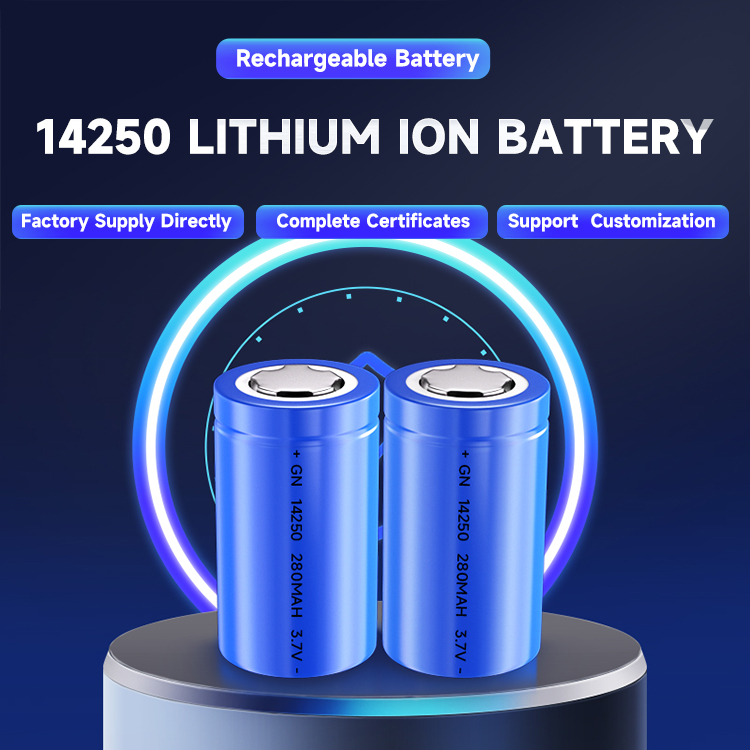

The production process of ternary cathode materials for lithium batteries. The three main links in the production of ternary materials for lithium batteries are mixing abrasives, high temperature sintering, and crushing and decomposition. The control of each link and the performance of the equipment will have a direct or indirect impact on the final product. Influence. Among them, grading, screening and packaging are the final steps of ternary materials.
Production process flow of ternary cathode materials for lithium-ion batteries
The three important links in the production of ternary materials for lithium-ion batteries are abrasive mixing, high-temperature sintering, and crushing and decomposition. The control of each link and the performance of the equipment will have a direct or indirect impact on the final product. Among them, grading, screening and packaging are the final steps of ternary materials. Let’s take a look at these steps.
●Grading
The particle size distribution of ternary lithium-ion battery materials will affect the material's specific surface area, compaction density, pole piece processing performance and battery electrical properties. The crushing equipment can only control the particle size of the material, but cannot control the particle size distribution of the material. If you want to control the particle size distribution of the material, you must use classification equipment. For the classification of ternary materials, an airflow classification device is generally added after the airflow pulverizer to directly classify the crushed products.
●Screening
In order to prevent the materials from containing foreign matter or coarse particles, the ternary materials of lithium-ion batteries also need to be screened. The Dmax of ternary materials is at least less than 50μm, but sometimes Dmax exceeds the standard. The vibrating screen has high screening efficiency, generally 80% to 95%; the particle size range of the screened raw materials is large, from more than 250mm to 0.1mm or 0.01mm; the output per unit area is large; it is easy to adjust and the screen holes are less blocked. This kind of sieve requires special transmission equipment and consumes power.
●Packaging
Ternary lithium-ion battery material packaging generally adopts vacuum packaging or vacuum and then filling with inert gas. There are many types of vacuum packaging machines, usually divided into mechanical extrusion type, intubation type, chamber conveyor type, rotary table type and thermoforming type. The principle of mechanical extrusion vacuum packaging is: after the packaging bag is filled, elastic items such as sponges are used on both sides to remove the air in the bag, and then the bag is sealed. This method is the simplest, but has a low vacuum degree and is used in situations where the vacuum degree is not high. The mass production technology of ternary cathode materials for lithium-ion batteries has just started, and it will take a long time to accumulate relevant experience in battery technology, supporting technology, application characteristics, safety strategies, etc. before it can embark on a bright road.

Popular recommendation
AG13 battery.Should standards let the market be the judge?
2023-10-14521133 lipo battery.Analysis of the balanced charging principle of lithium-ion battery pack protecti
2023-10-08AG3 battery!How should my country develop in the face of the leading fuel cell technologies of Japan
2023-10-08602030 polymer battery.Nickel-metal hydride lithium battery technology and repair methods
2023-10-08button cell battery cr1620.18650 lithium battery pack customization process, 18650 lithium battery p
2023-10-09801752 lipo battery.New breakthroughs in thermal instability research: BAK Battery deeply explores h
2023-10-09lithium 18650 li ion battery.Wang Qingsong, University of Science and Technology of my country: Rese
2023-10-08cr2032 button battery.Detailed introduction to the classification, advantages and breakthroughs of n
2023-10-08AG9 battery.Germany develops new sensor technology to reduce weight and cost of lithium-ion batterie
2023-10-14Advantages and disadvantages of lithium battery
2022-11-16lithium polymer battery 10000mah.The United States develops lithium iron oxide rechargeable batterie
2023-10-09lithium battery for solar energy storage system.The latest research progress in polymer solar cell p
2023-10-08